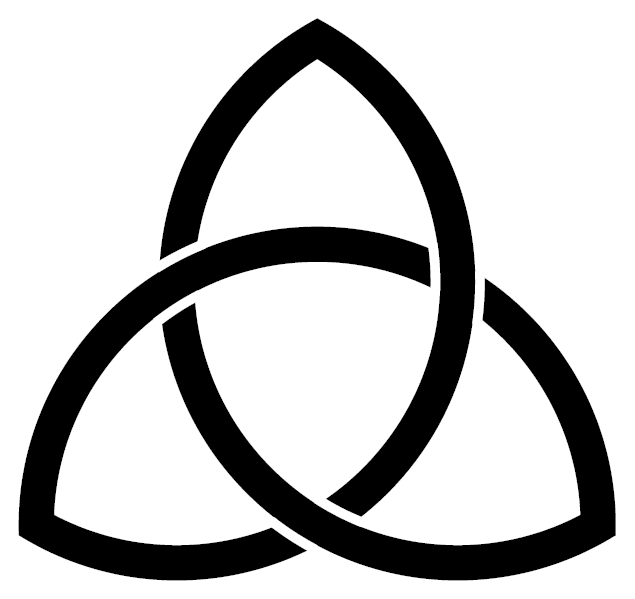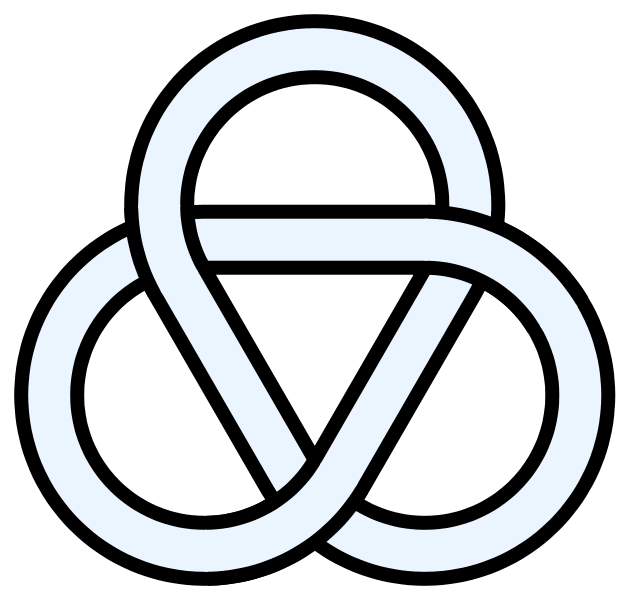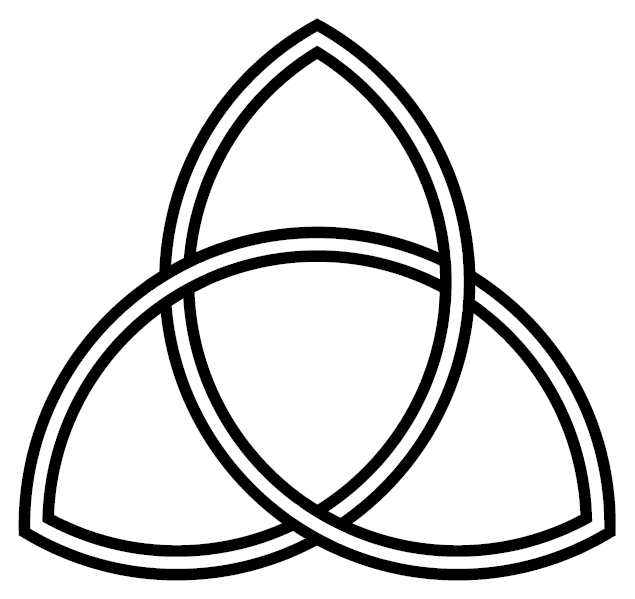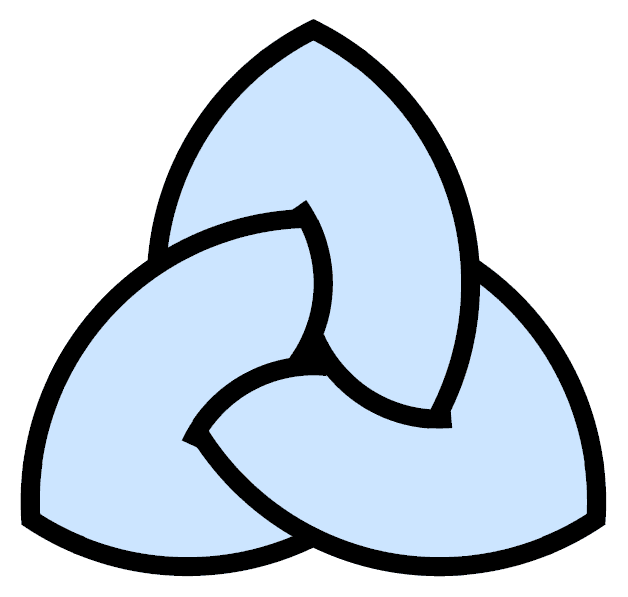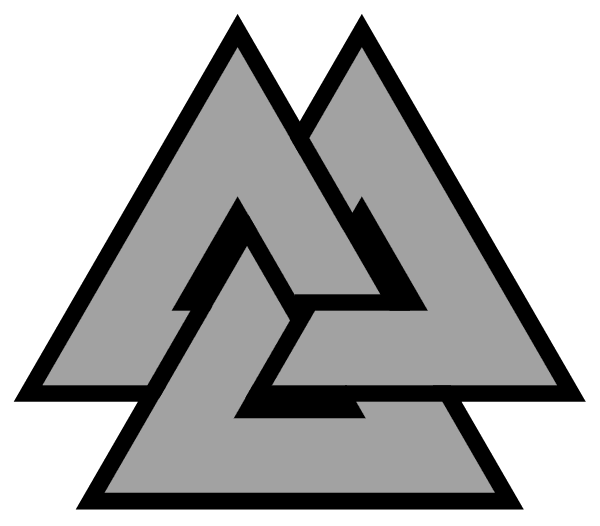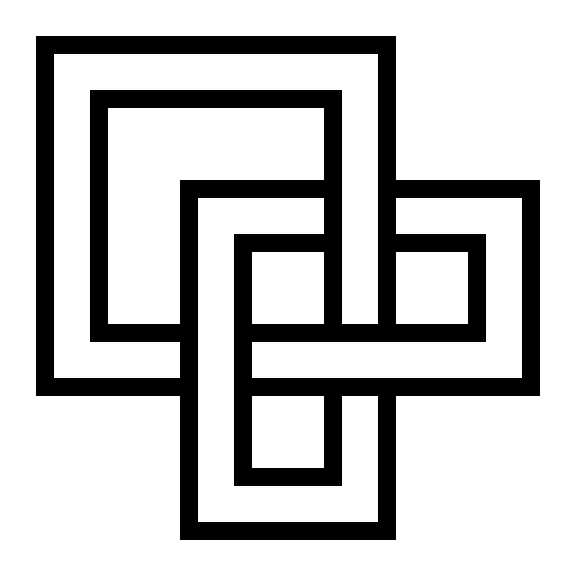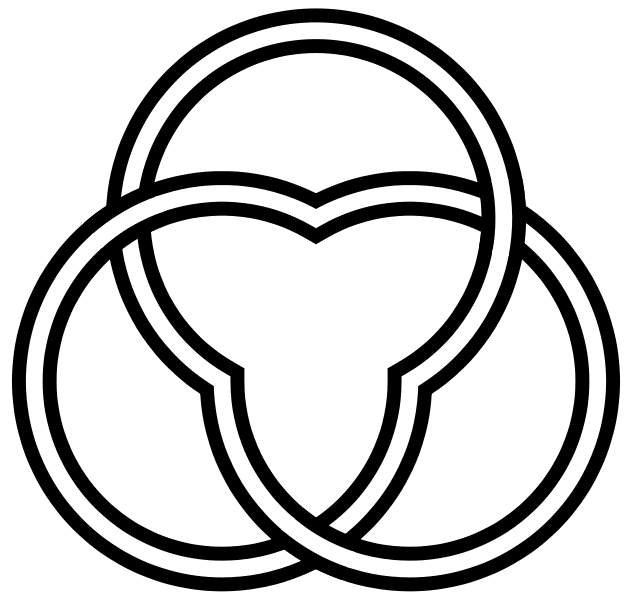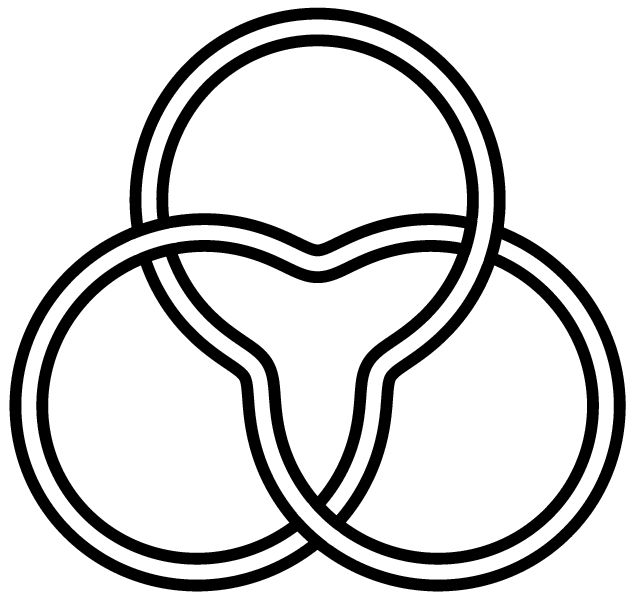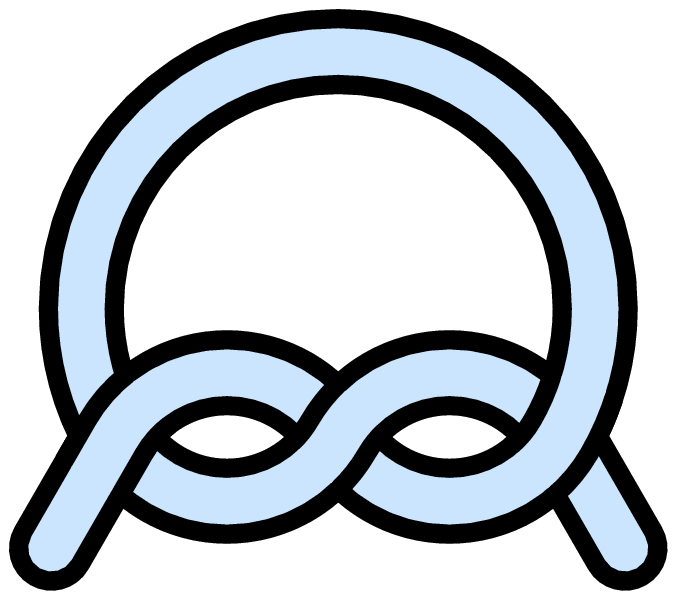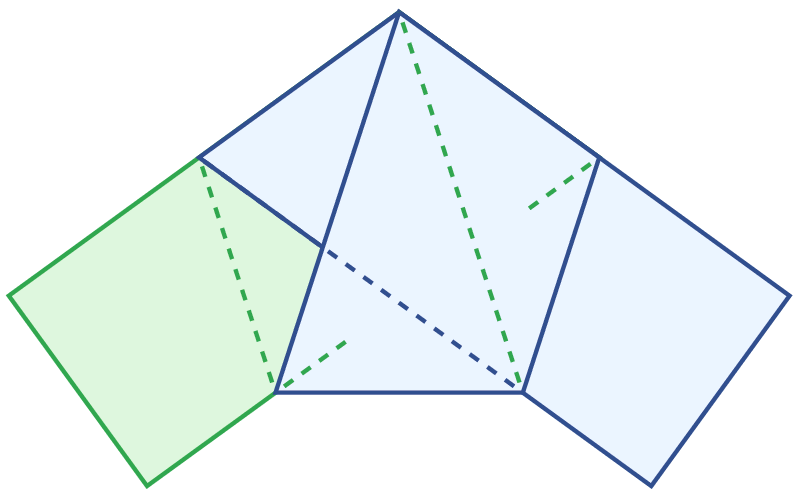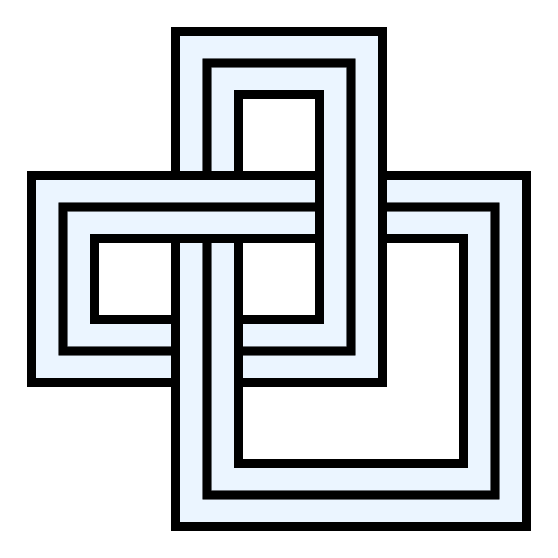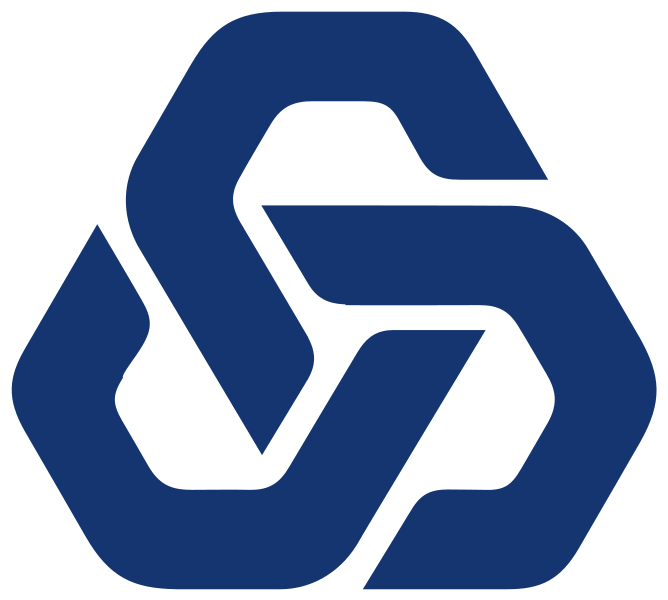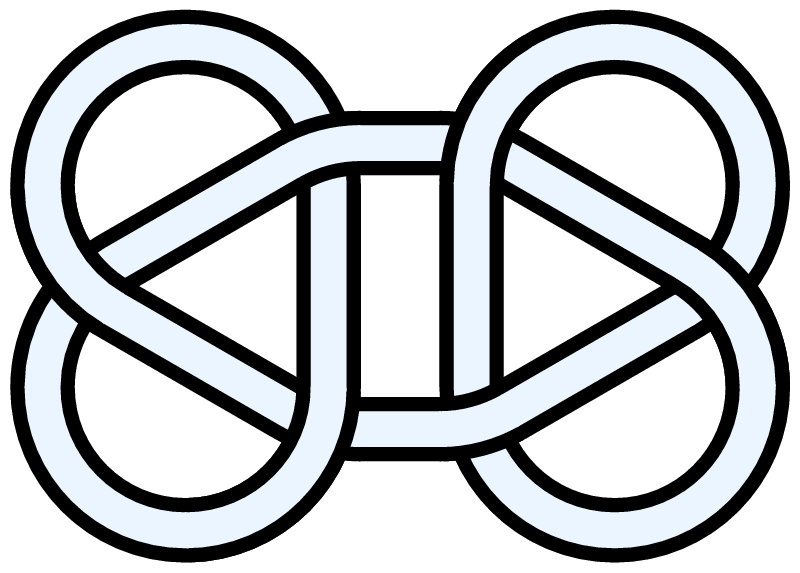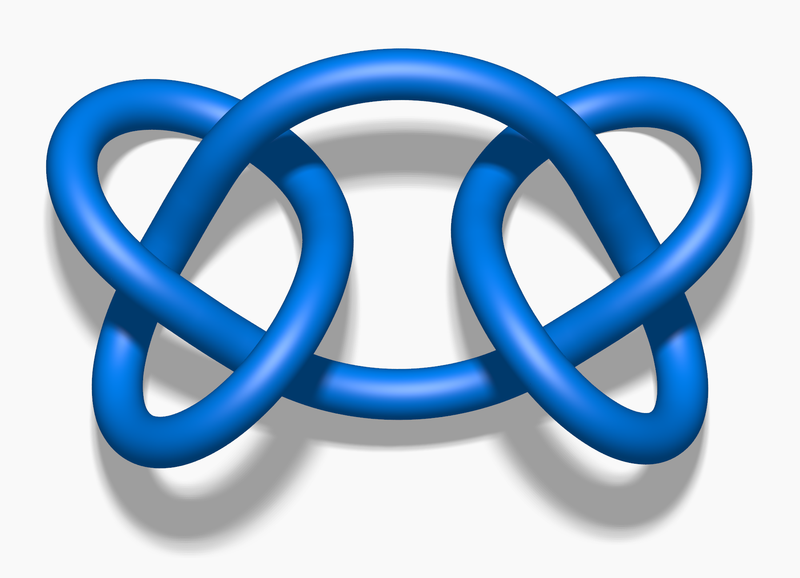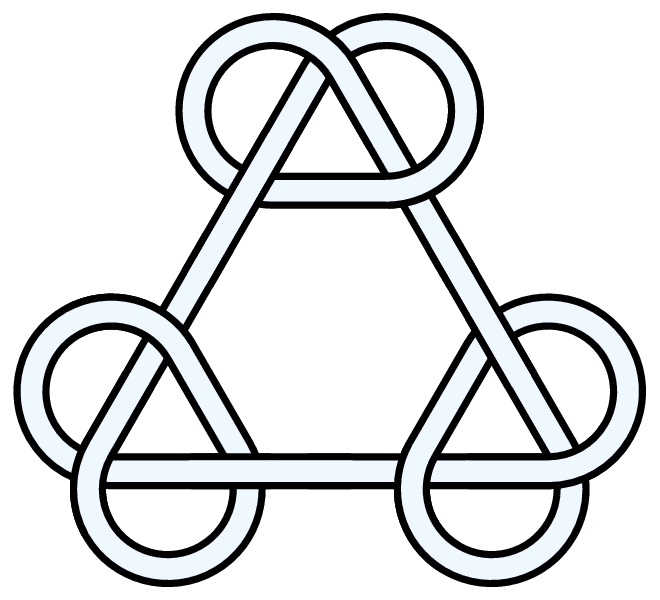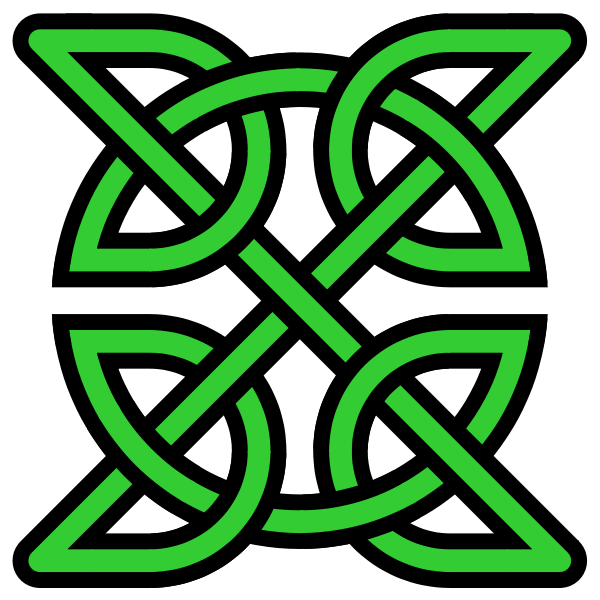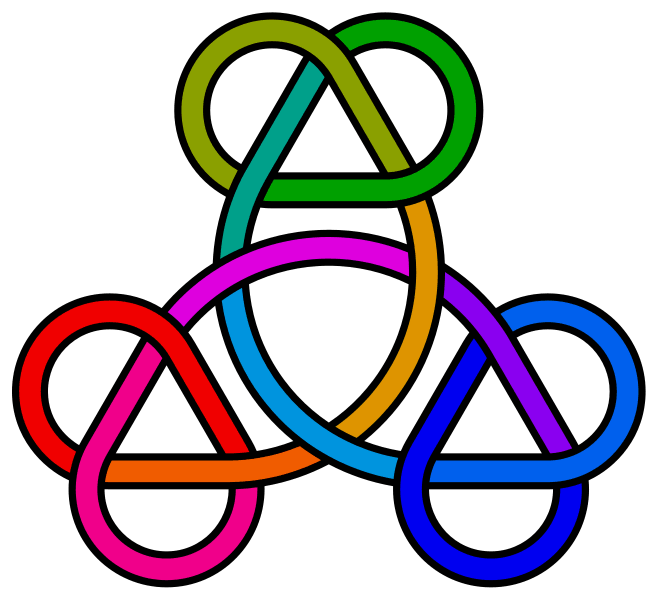3 1 Further Notes and Views: Difference between revisions
From Knot Atlas
Jump to navigationJump to search
No edit summary |
No edit summary |
||
| Line 111: | Line 111: | ||
}} |
}} |
||
|- valign=top |
|- valign=top |
||
{{Knot View Template| |
|||
image = TriquetraCaixaGeral.png | |
|||
text = Logo of the Caixa Geral de Depósitos with white background| |
|||
}} |
|||
{{Knot View Template| |
{{Knot View Template| |
||
image = Auryn_120.gif | |
image = Auryn_120.gif | |
||
| Line 123: | Line 127: | ||
text = Thurston's Trefoil - Figure Eight Trick [http://www.math.toronto.edu/~drorbn/Gallery/KnottedObjects/TrefoilFigureEight/index.html]| |
text = Thurston's Trefoil - Figure Eight Trick [http://www.math.toronto.edu/~drorbn/Gallery/KnottedObjects/TrefoilFigureEight/index.html]| |
||
}} |
}} |
||
| ⚫ | |||
{{Knot View Template| |
{{Knot View Template| |
||
image = KnottedPencil_160.jpg | |
image = KnottedPencil_160.jpg | |
||
text = A Knotted Pencil [http://www.math.toronto.edu/~drorbn/Gallery/KnottedObjects/KnottedPencil.html]| |
text = A Knotted Pencil [http://www.math.toronto.edu/~drorbn/Gallery/KnottedObjects/KnottedPencil.html]| |
||
}} |
}} |
||
| ⚫ | |||
{{Knot View Template| |
{{Knot View Template| |
||
image = BancoDoBrasil_160.jpg | |
image = BancoDoBrasil_160.jpg | |
||
Revision as of 12:49, 9 January 2012
The trefoil is perhaps the easiest knot to find in "nature", and is topologically equivalent to the interlaced form of the common Christian and pagan "triquetra" symbol [12]:
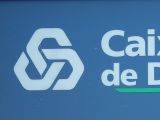 Logo of Caixa Geral de Depositos, Lisboa [1] |
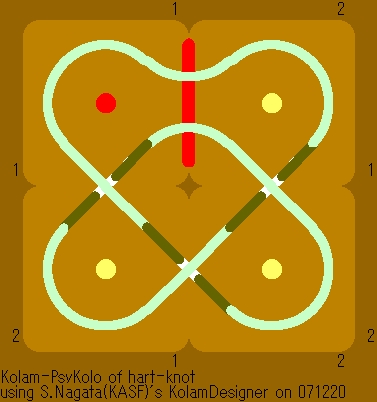 A knot consists of two harts in Kolam [2] |
Further images...
 A Knotted Box [3] |
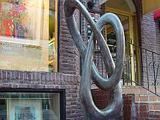 A trefoil near the Hollander York Gallery [4] |
||
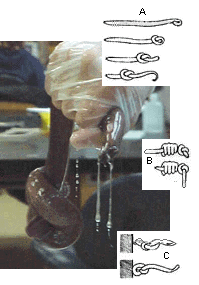 A hagfish tying itself in a knot to escape capture. [5] |
 A Kenyan Stone [6] | ||
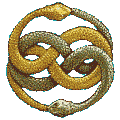 The NeverEnding Story logo is a connected sum of two trefoils. [7] |
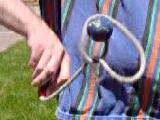 Mike Hutchings' Rope Trick [8] |
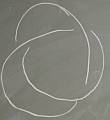 Thurston's Trefoil - Figure Eight Trick [9] | |
 A Knotted Pencil [10] |
 Banco Do Brasil [11] |
Non-prime (compound) versions
For configurations of two trefoils along a closed loop which are prime, see 8_15 and 10_120. For a configuration of three trefoils along a closed loop which is prime, see K13a248. For a prime link consisting of two joined trefoils, see L10a108.
